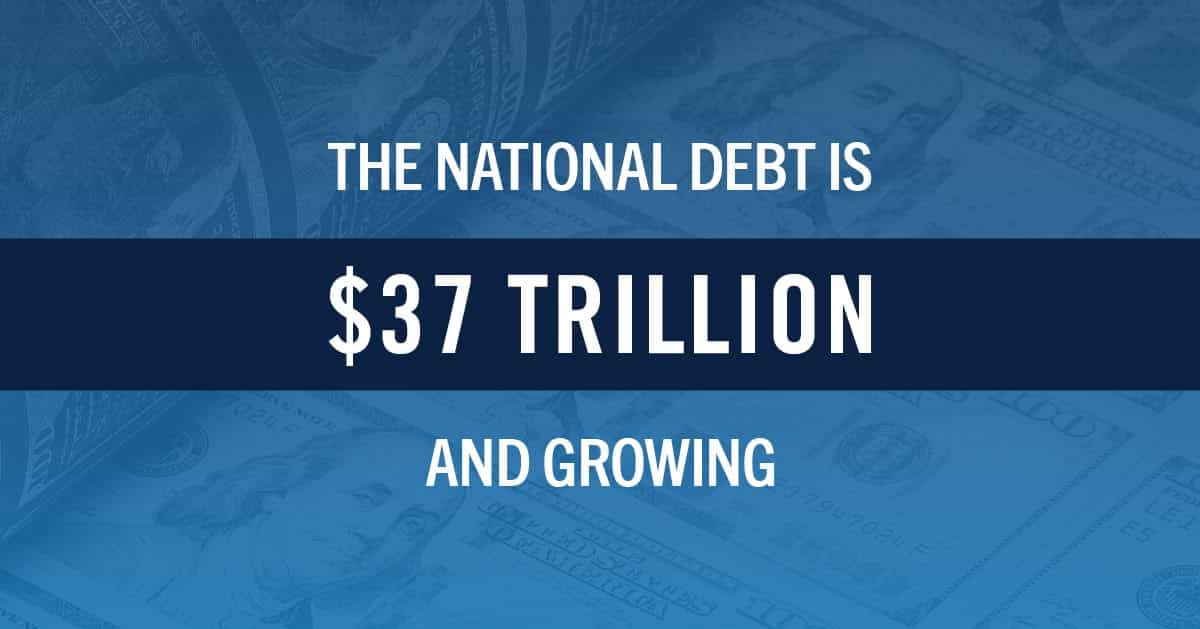In August, the United States surpassed $37 trillion in gross debt — and is now borrowing roughly $1 trillion every five months. Despite that pace, Congress recently passed the “One Big Beautiful Bill Act,” adding another $4.1 trillion to projected deficits over the next decade. Moody’s joined Fitch and S&P in downgrading U.S. credit over the past few years, citing Washington’s inability to rein in spending or stabilize debt. The result: America no longer holds the AAA status of nations like Germany or Australia and now carries debt equal to 119% of GDP. With annual deficits exceeding 7% of GDP and interest costs projected to hit $1.4 trillion a year, the once “risk-free” status of U.S. Treasuries is under growing scrutiny.
Key Takeaway
Three consecutive downgrades from the world’s top ratings agencies confirm what markets already sense — the U.S. fiscal trajectory is unsustainable. The government’s dependence on perpetual borrowing and rising interest rates is eroding confidence in its creditworthiness. The only factor preserving America’s rating is the dollar’s reserve currency status — a privilege not guaranteed to last. For investors, this backdrop reinforces the importance of owning tangible assets like gold, which carry no counterparty risk and retain value when the system’s promises begin to fray.
Read the full article here


